The sunny Californian desert town of Palm Desert holds a place of somber reflection – the Desert Holocaust Memorial. Opened in 1995, this commemorative site stands as a powerful reminder of the atrocities of the Holocaust and the millions of lives lost during World War II.
This beginner’s guide delves into the Desert Holocaust Memorial, unpacking its historical significance, design elements, and educational offerings.
1- A Memorial Amidst the Dunes: The Desert Holocaust Memorial’s Location
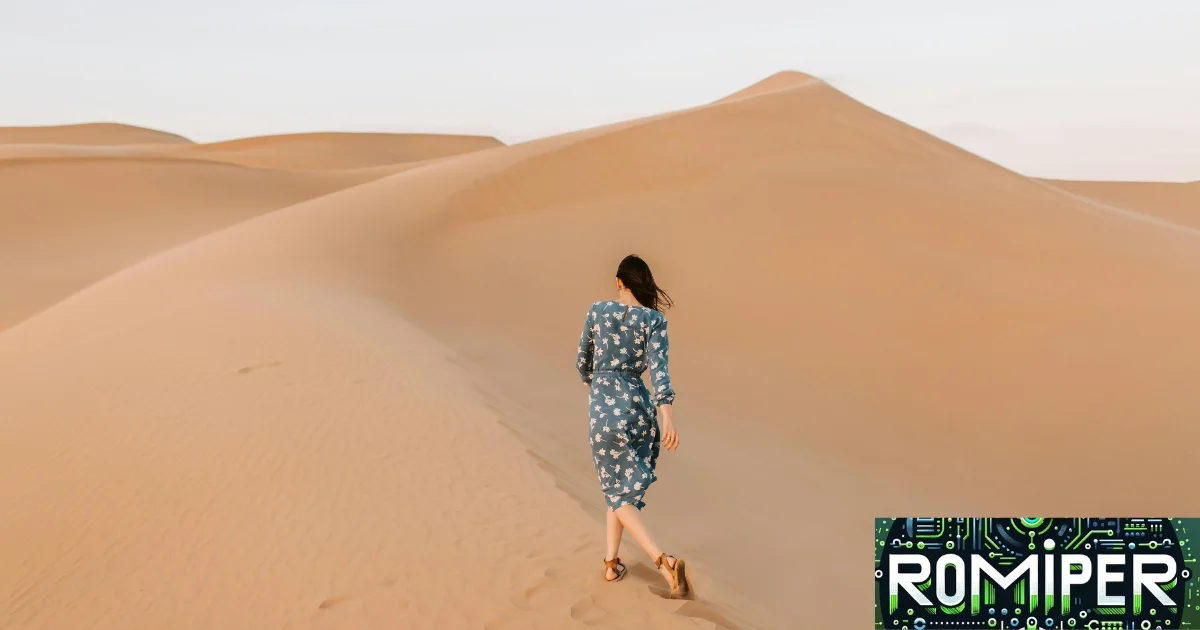
The Desert Holocaust Memorial resides within Civic Center Park in Palm Desert, California. This seemingly contrasting location – a serene desert landscape juxtaposed with a memorial for a dark period in history – serves a symbolic purpose.
The vibrant life surrounding the memorial emphasizes the importance of remembering the past to ensure a peaceful future.
2- A Circle of Life: The Entrance and Encircling Trees
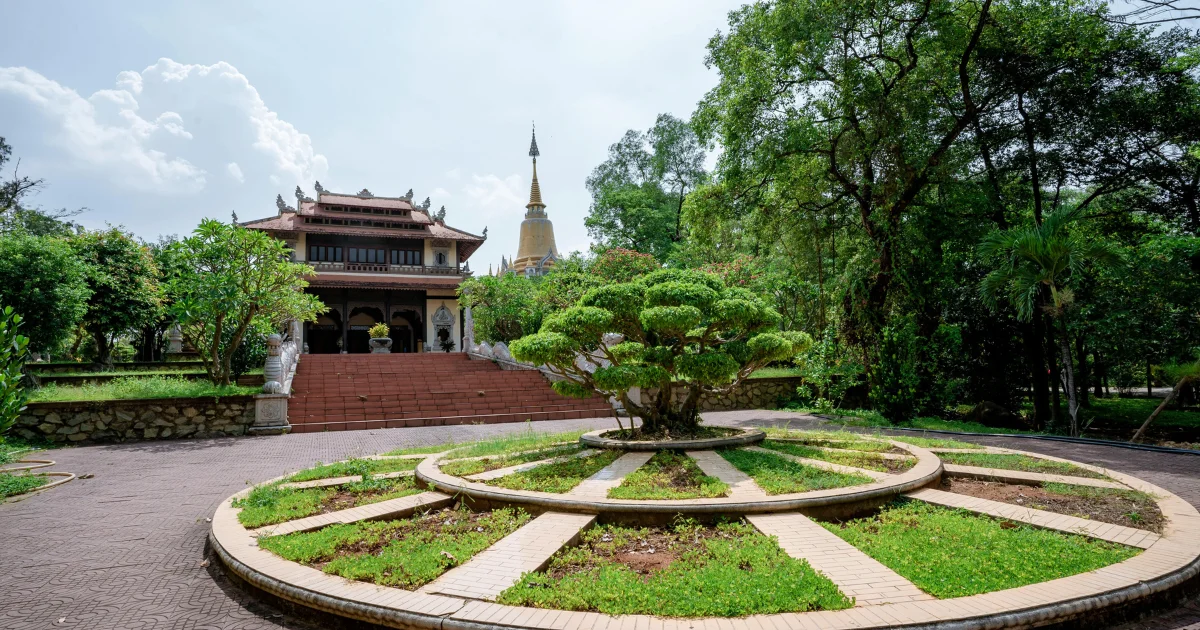
As you approach the Desert Holocaust Memorial, a circular row of trees greets you. These trees symbolize life that existed before the horrors of the Holocaust. They represent the vibrant world that was tragically disrupted. Stepping past the trees, you enter the dedicated memorial space, where the stark realities of the Holocaust unfold.
3- A Chronology of Hate: The Entry Plaque

Upon entering the memorial, a bronze plaque greets visitors. This plaque provides a chronological timeline of the Nazi regime’s systematic persecution of Jews and other targeted groups. It details the gradual erosion of civil rights, the implementation of discriminatory laws, and the horrific culmination of concentration camps and mass extermination.
4- A Tribute to the Righteous: The Urn of Honor

Nestled within the history pedestal at the memorial lies an urn holding a significant treasure – the verified names of over 12,000 “Righteous Gentiles.”These individuals, despite the dangers involved, risked their lives to hide and assist those persecuted by the Nazi regime. The urn serves as a powerful reminder of courage and humanity in the face of darkness.
5- A Replica of Oppression: The Uneven Cobblestone Path
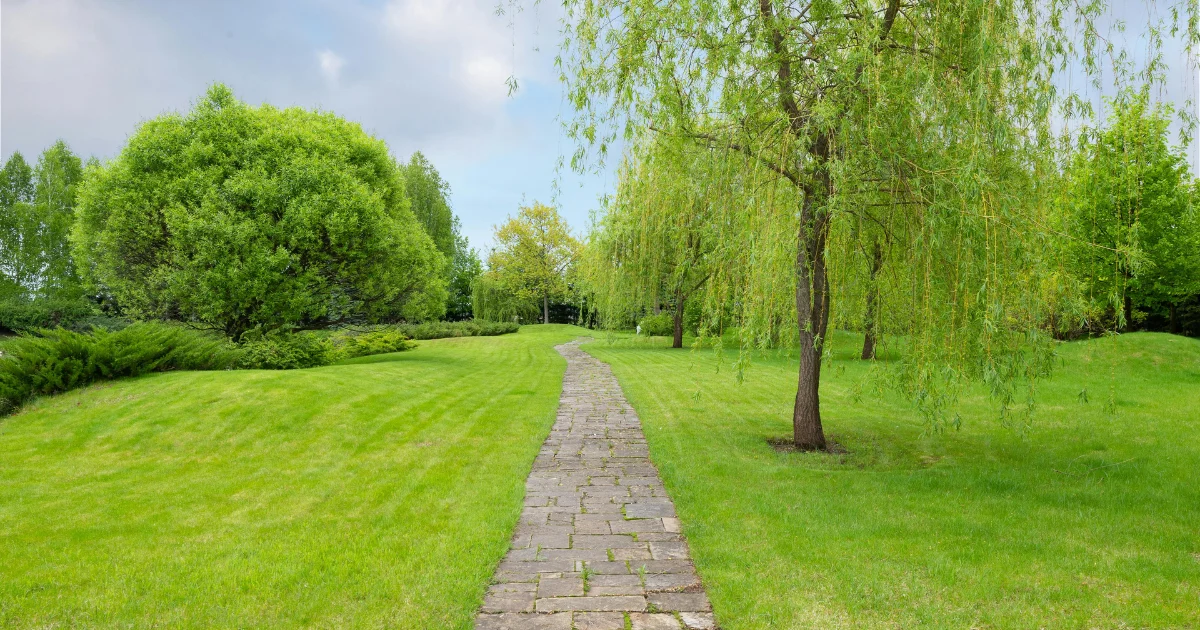
As you navigate the memorial, you’ll encounter a path paved with uneven cobblestones. This design element replicates the cobblestones found at Auschwitz, a notorious concentration camp in Poland. Walking on this uneven surface creates a sense of unease and disorientation, mirroring the disorientation and suffering endured by Holocaust victims.
6- Light Extinguished: Replica Camp Lights

Standing tall along the path are replica camp lights, similar to those used in Auschwitz. These stark light fixtures symbolize the constant surveillance and oppression faced by concentration camp prisoners. The harsh, artificial light further emphasizes the bleakness and dehumanizing conditions within these camps.
7- Stories Etched in Stone: The Bas Reliefs
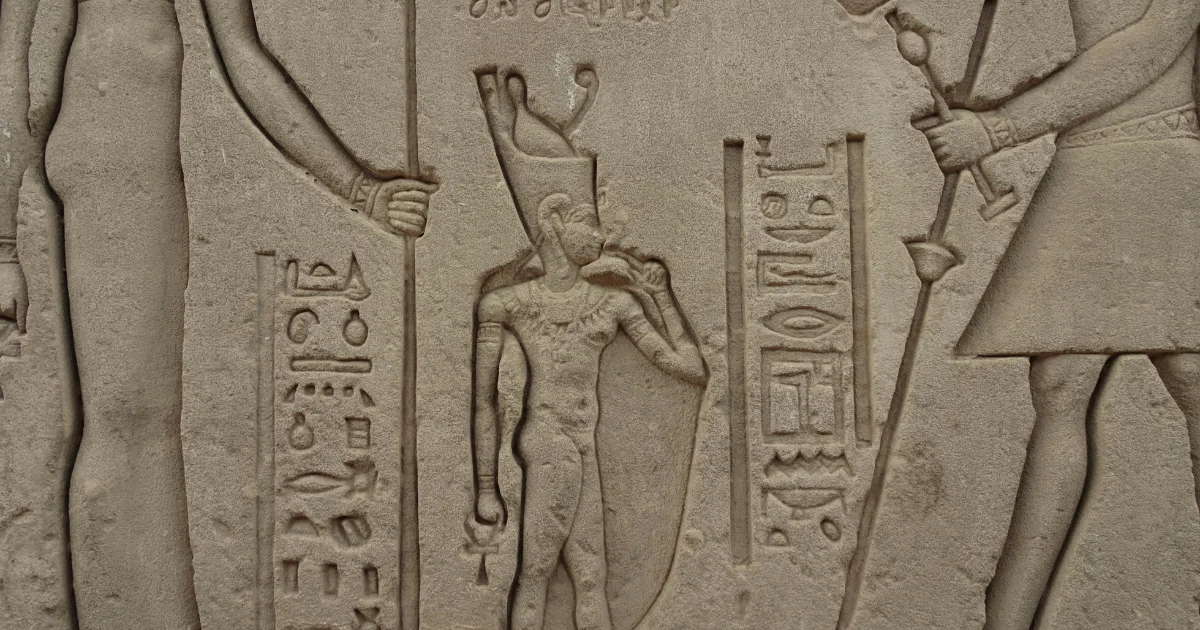
Eleven bas reliefs, or sculpted panels, line the pathway within the memorial. Each relief depicts a harrowing scene from the Holocaust, from the transportation of victims to the horrors of the gas chambers. Adjacent to each relief is a plaque explaining the scene in detail. These visuals serve as a stark reminder of the atrocities committed during the Holocaust.
8- A Symbol of Hope: The Star of David
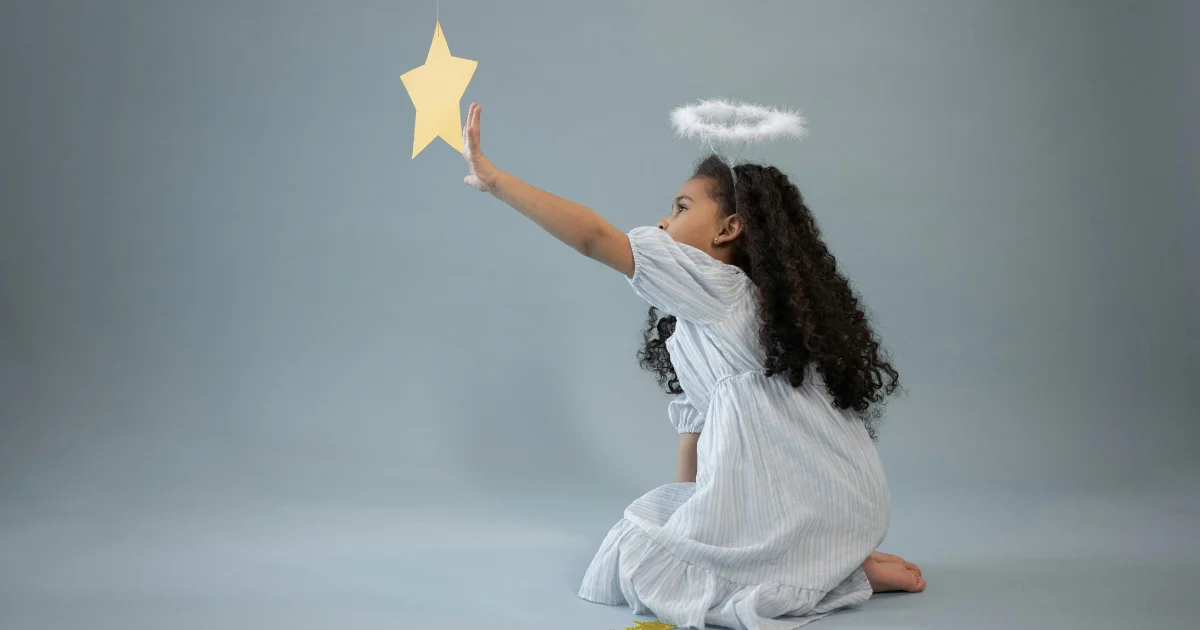
At the center of the memorial lies a striking sculpture – five bronze figures mounted on a double-tiered Star of David. These figures represent different aspects of the Holocaust: a victim, a survivor, a soldier, a bystander, and a child. The Star of David, a symbol of Judaism, signifies hope and resilience amidst the devastation.
9- Mapping the Tragedy: The Block Granite with Camp Locations

A block of granite stands within the memorial, etched with a map of Europe. This map pinpoints the locations of major concentration camps throughout Nazi-occupied Europe. Seeing the sheer number of camps scattered across the continent underscores the widespread nature of the Holocaust.
10- Remembering the Lost: Names Etched in Stone
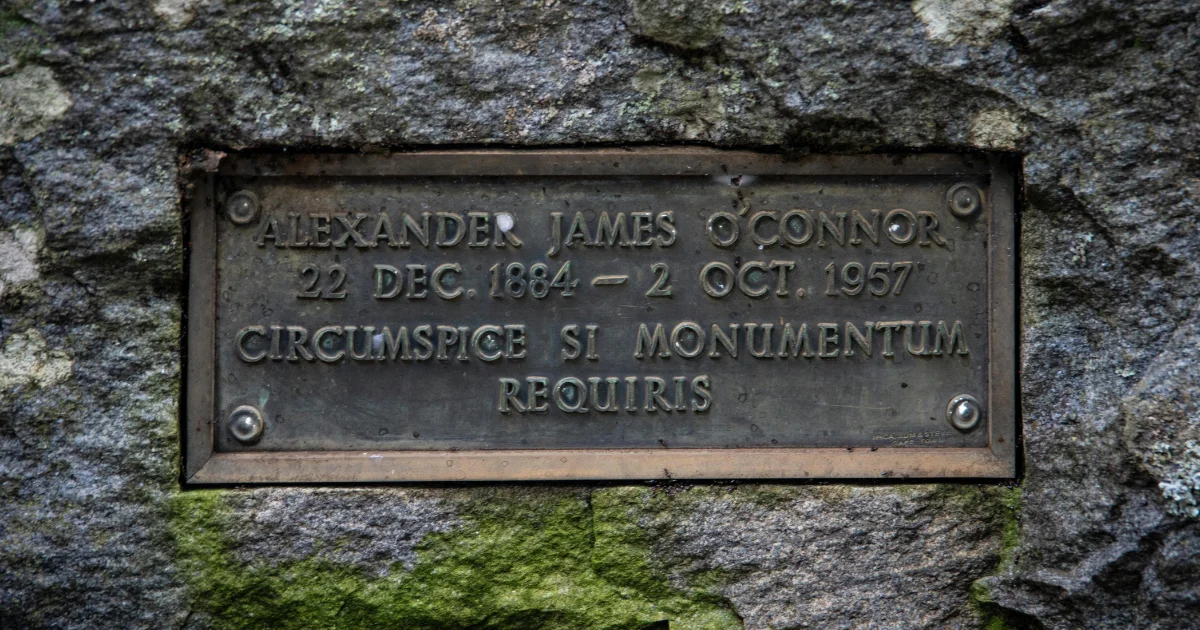
The granite block also features an inscription that reads “Never Forget” in multiple languages. This powerful message serves as a call to action, urging visitors to remember the victims of the Holocaust and ensure that such a tragedy never occurs again.
11- Educational Resources for All Ages

The Desert Holocaust Memorial isn’t just a place for reflection; it’s also a dedicated space for education. The memorial offers a variety of resources for visitors of all ages, including:
- Docent-led tours
- Educational brochures and pamphlets
- Online resources and lesson plans
These resources provide context and historical information about the Holocaust, ensuring that the lessons of the past are not forgotten.
Frequently Asked Questions (FAQs) about the Desert Holocaust Memorial:
1. Where is the Desert Holocaust Memorial located?
Ans: The Desert Holocaust Memorial is located in Civic Center Park in Palm Desert, California.
2. What are the visiting hours for the Desert Holocaust Memorial?
Ans: The memorial is open to the public daily from sunrise to sunset.
3. Are there any guided tours available?
Ans: Yes, docent-led tours are available upon request. You can contact the memorial administration for scheduling information.
4. Does the memorial offer any educational resources?
Ans: Yes, the memorial offers a variety of educational resources, including brochures, pamphlets, online materials, and lesson plans.
5. Is the memorial appropriate for children?
Ans: While the subject matter is sensitive, the memorial can be a valuable learning experience for children accompanied by adults. It’s important to consider your child’s maturity level and discuss the themes of the Holocaust beforehand.
The Desert Holocaust Memorial serves as a powerful reminder of the horrors of the past. By visiting and engaging with this space, we can honor the memory of the victims and work towards a more just and peaceful future.